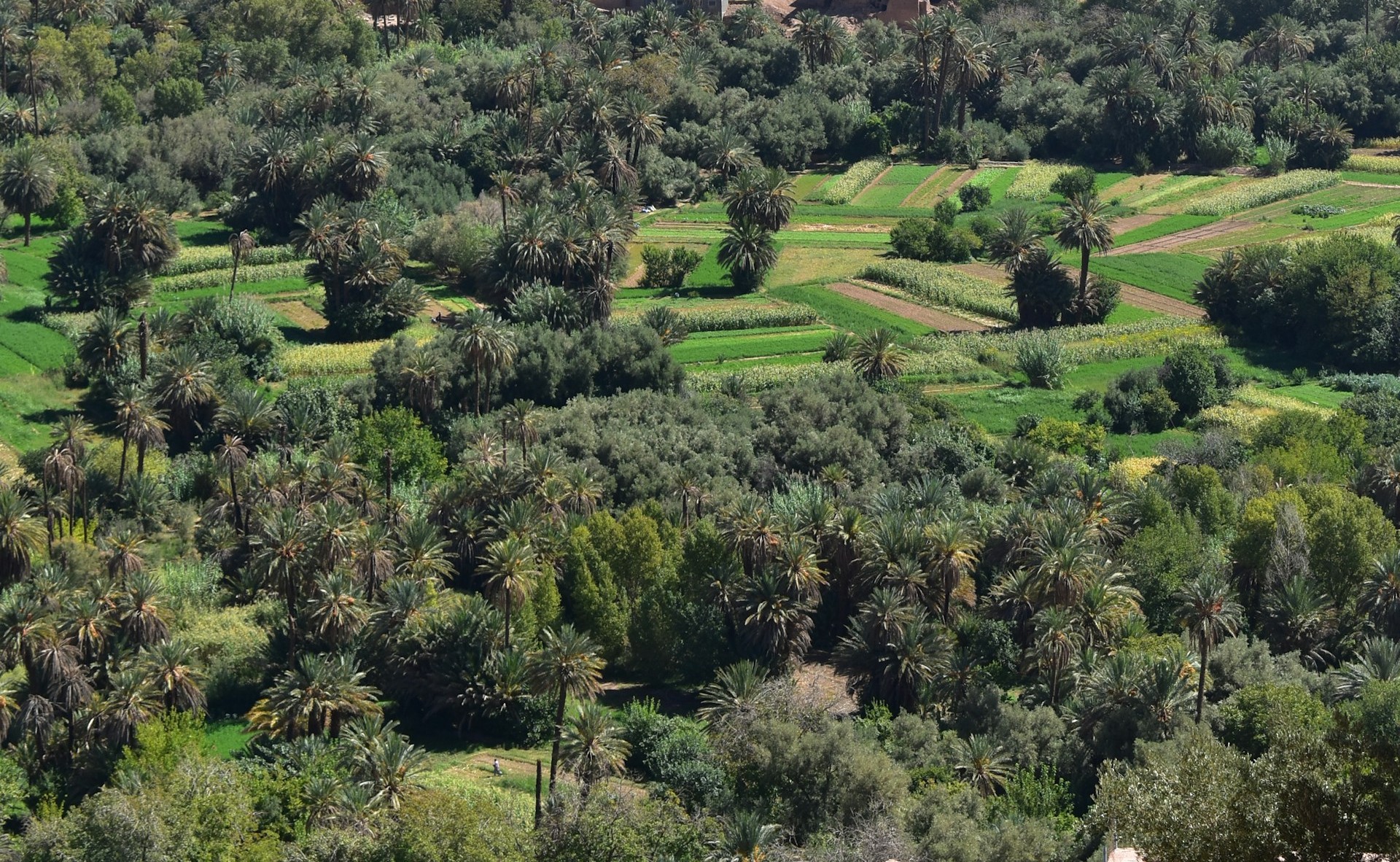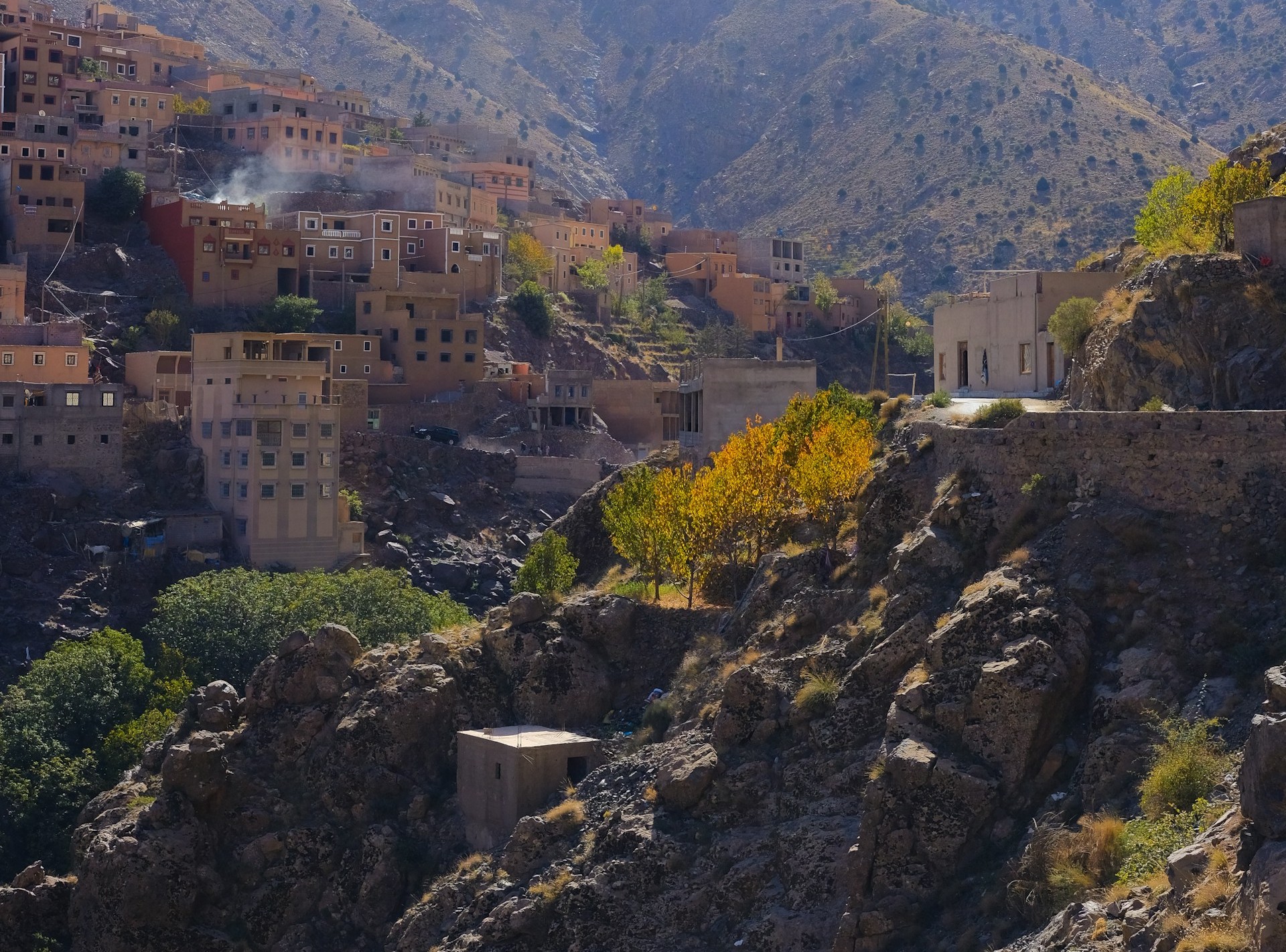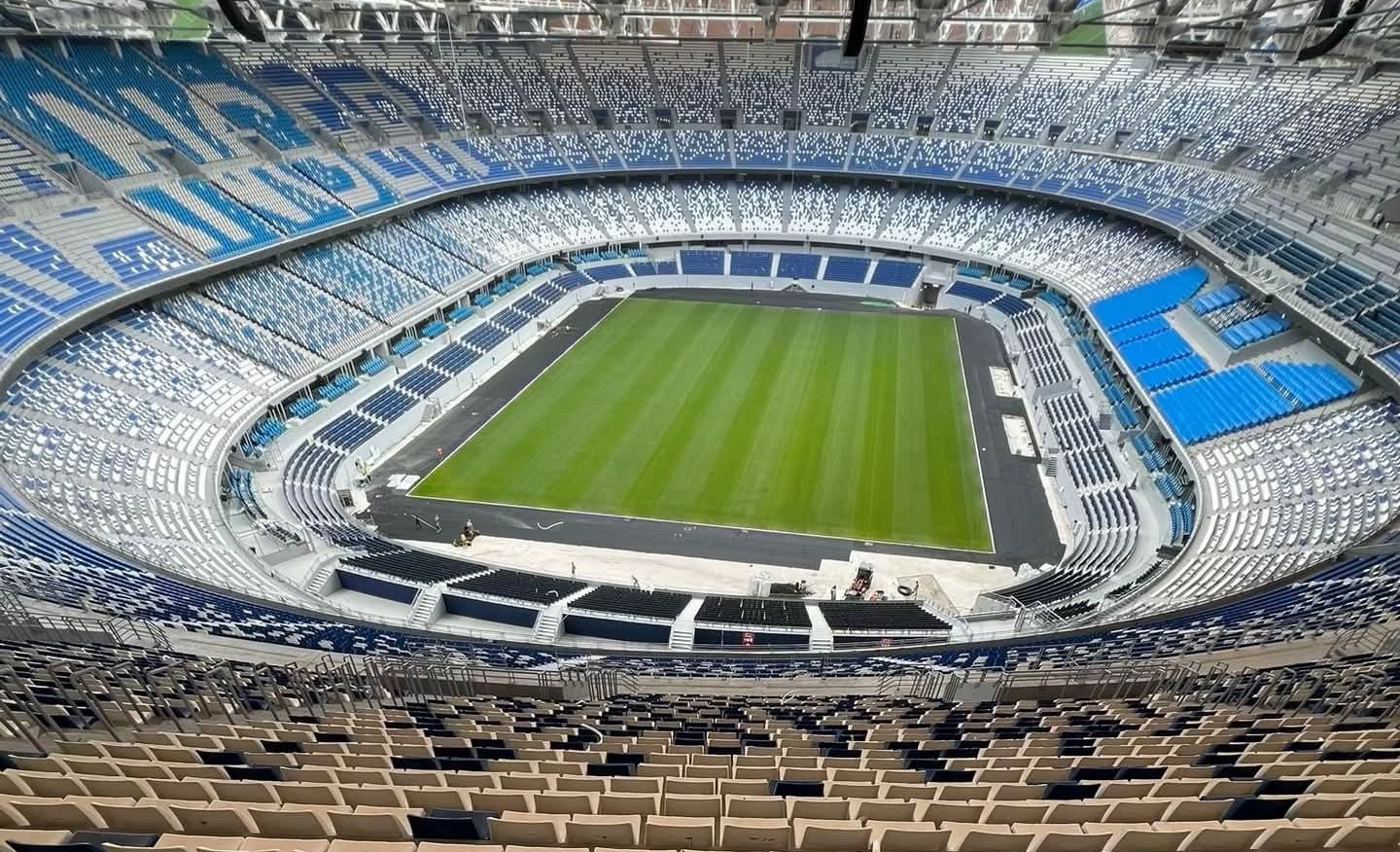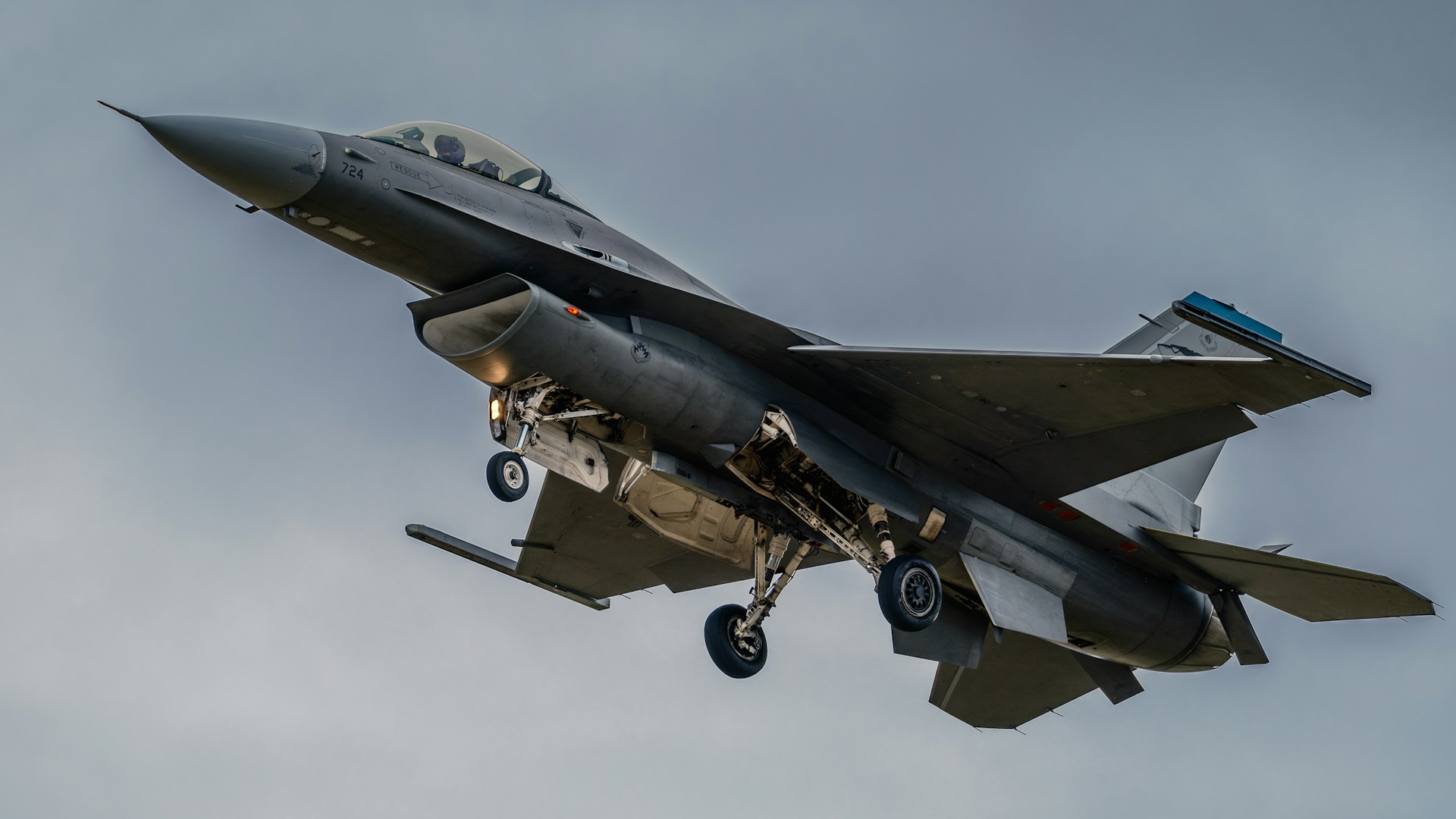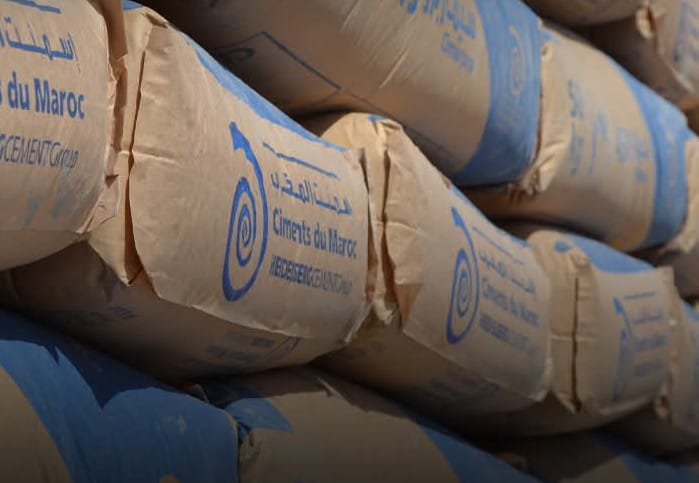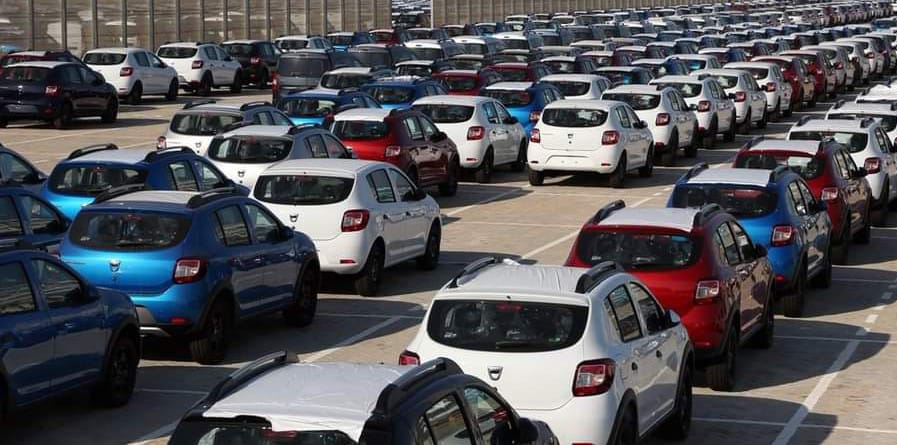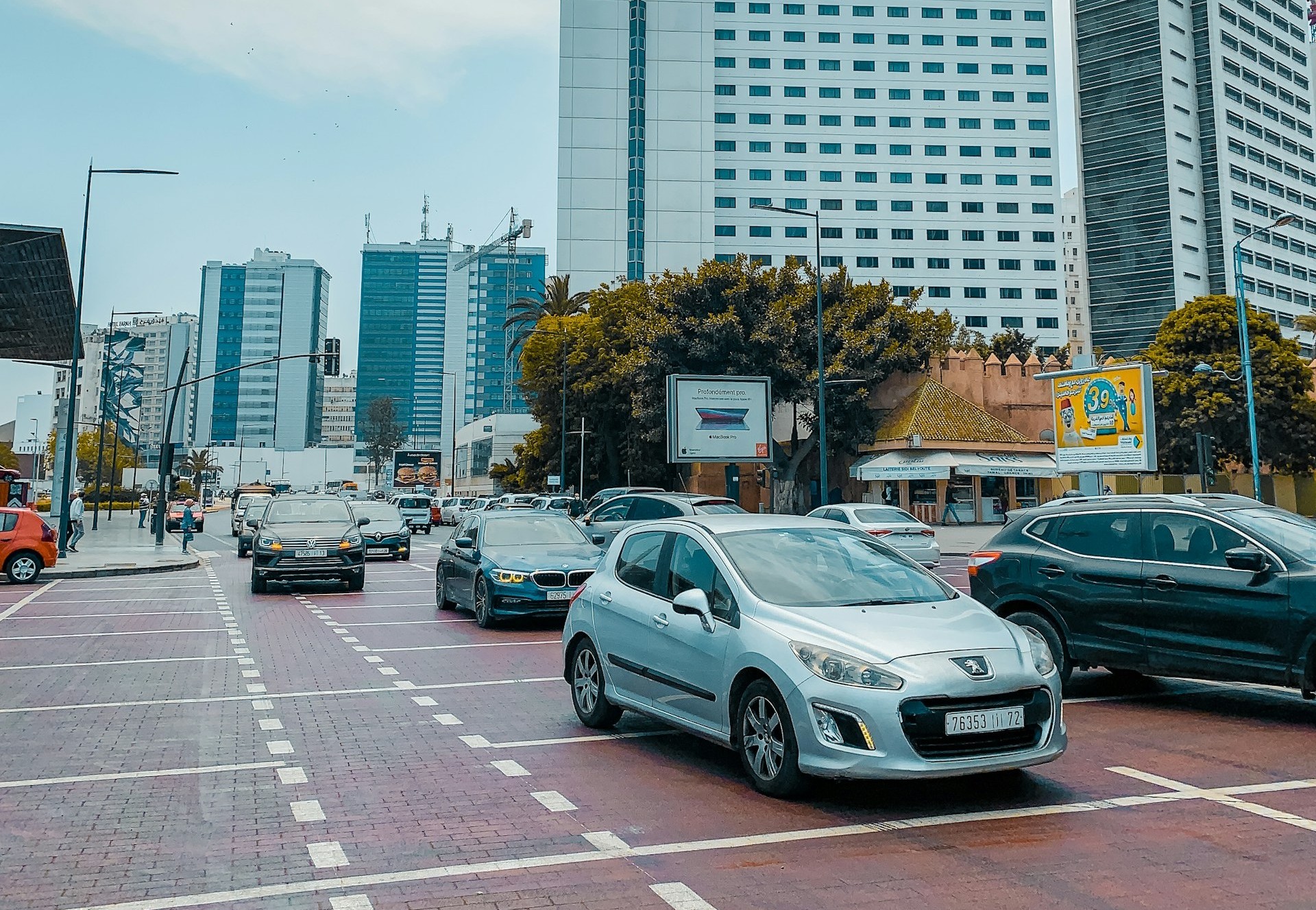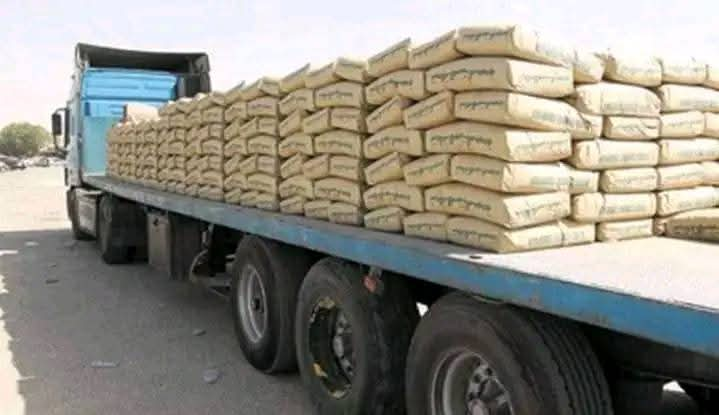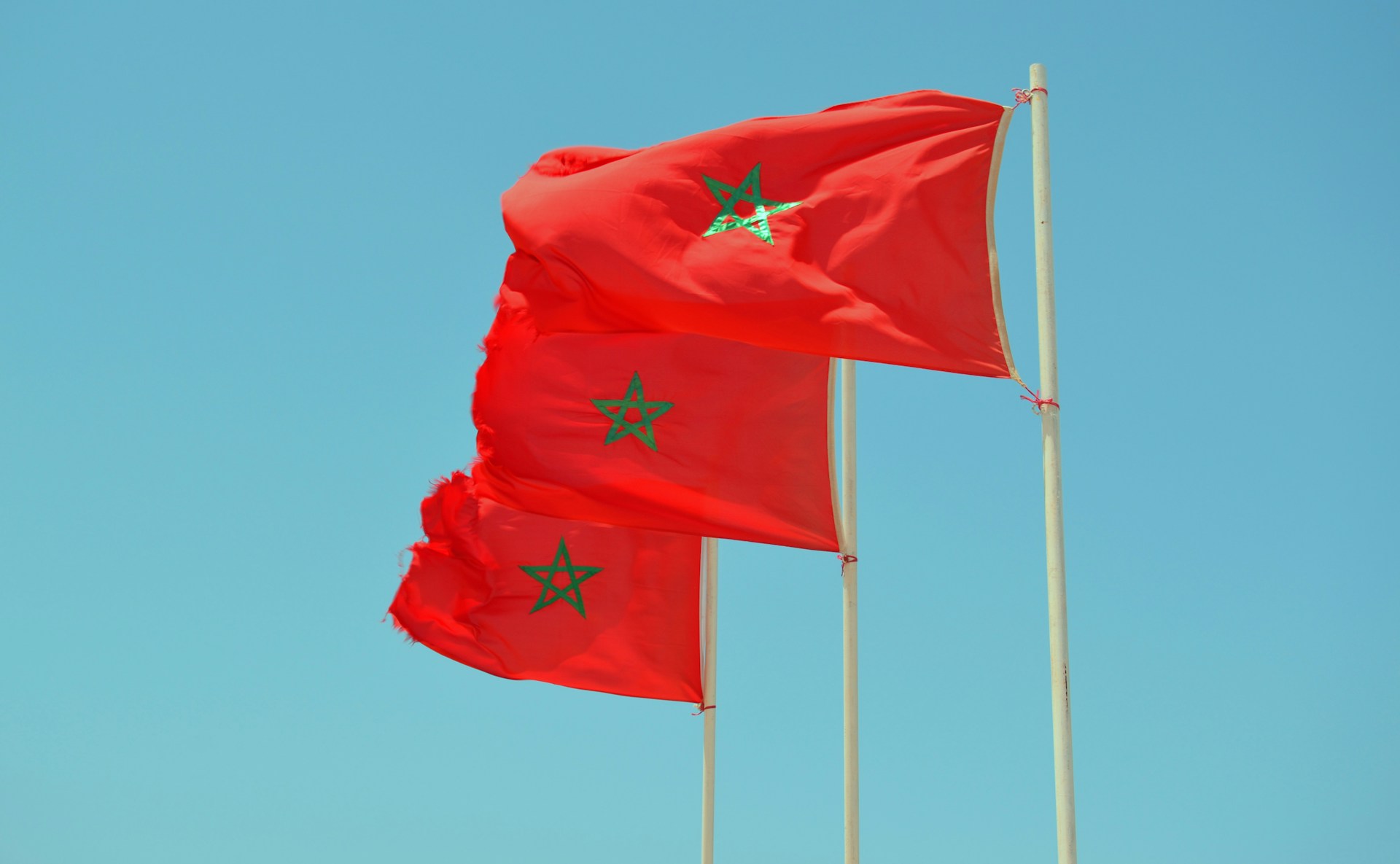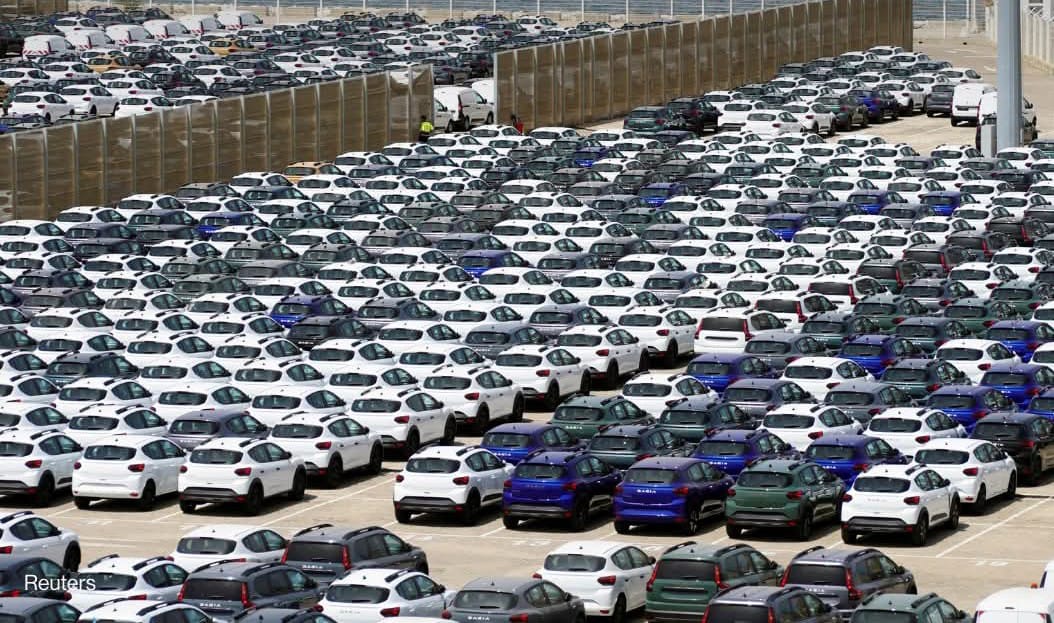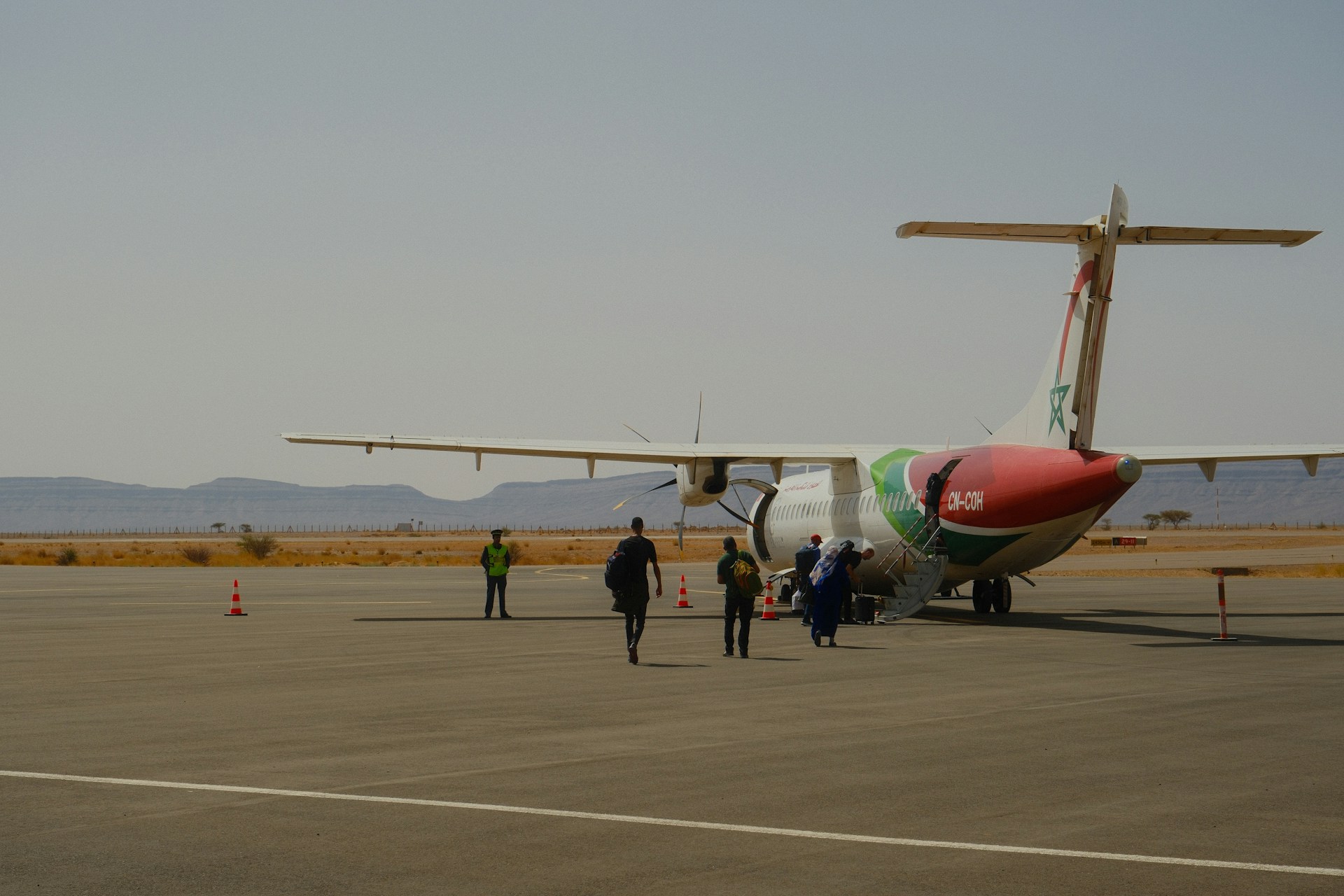Casablanca – Morocco is accelerating efforts to strengthen its military capabilities through major arms negotiations and modernization programs, underscoring its ambition to consolidate a position of strategic balance and technological superiority in North Africa. Recent developments, including advanced talks with the United States for the acquisition of F-35 fighter jets and ongoing upgrades to its existing air fleet, highlight a broader defense vision focused on deterrence, interoperability, and long-term sustainability.
According to several intelligence and defense sources, negotiations between Morocco and USA for the purchase of F-35 Lightning II stealth fighters have reached an advanced stage, signaling a possible breakthrough in the near future. The deal, estimated at around $17 billion, would mark a major leap in Morocco’s defense modernization strategy, making the Kingdom the first country in North Africa to operate fifth-generation combat aircraft.
The discussions are reportedly taking place under the framework of the U.S. Foreign Military Sales (FMS) program, which facilitates government-to-government defense transactions. Sources close to the talks suggest that the process has benefited from strong political and strategic ties between Rabat and Washington, as well as the absence of objections from Israel under the so-called “Qualitative Military Edge” clause — a U.S. policy ensuring Israel’s military superiority in the Middle East.
The potential acquisition of the F-35A variant, known for its stealth technology, advanced avionics, and extensive operational range exceeding 1,200 nautical miles, would transform the Royal Moroccan Air Force into one of the most technologically capable in the region. The aircraft’s ability to coordinate with other platforms in real time and perform multiple roles — including reconnaissance, electronic warfare, and precision strikes — would represent a “qualitative transformation,” according to defense analysts.
This new phase of cooperation with the United States builds upon earlier agreements to upgrade Morocco’s existing air capabilities. In 2019, Rabat secured a $3.8 billion deal to acquire 25 F-16 Block 70/72 fighter jets from Lockheed Martin. The agreement also includes the establishment of a state-of-the-art maintenance and development center in Benslimane, in partnership with Lockheed Martin, Sabena Engineering, and several Moroccan firms. The facility aims to provide local support for aircraft maintenance, develop domestic expertise, and prepare the groundwork for integrating future generations of combat technology.
Military analysts see this dual approach — combining new acquisitions with domestic industrial capacity — as a sign of Morocco’s intent to move beyond mere procurement toward defense self-sufficiency. The Benslimane center, once operational, will also serve as a training hub for Moroccan engineers and technicians, reinforcing the country’s growing aerospace ambitions.
Beyond the air force, Morocco continues to modernize its ground and naval forces, seeking a balanced defense posture across all domains. The country has increased its defense budget to about $16 billion for 2026, a figure that reflects rising commitments to maintenance, training, and infrastructure development. This budgetary expansion comes in a context of heightened regional tensions, particularly as Algeria continues to invest heavily in Russian-made aircraft and missile systems.
Experts note that Morocco’s modernization drive is not solely motivated by rivalry but also by broader geopolitical considerations. The Kingdom aims to strengthen its interoperability with Western allies, particularly the United States and NATO partners, while maintaining strategic partnerships with Gulf states such as the United Arab Emirates, which has reportedly expressed readiness to support the F-35 acquisition financially.
The potential delivery of the F-35s would also have implications for Europe and the Mediterranean region. Spain’s recent decision to withdraw from the F-35 program in favor of participating in the European Future Combat Air System (FCAS) has drawn attention in Madrid, where analysts are assessing the impact of Morocco’s growing air power on the Western Mediterranean balance.
In this evolving context, Morocco’s strategy appears to be guided by a combination of deterrence, modernization, and technological integration. The pursuit of fifth-generation aircraft, coupled with domestic industrial development and increased regional cooperation, reflects a broader vision to position the Kingdom as a credible and capable defense actor in both North Africa and the wider Mediterranean basin.
If the F-35 deal is finalized, Morocco would not only join the select group of nations equipped with the world’s most advanced fighter jet but also signal a decisive shift in regional defense architecture. The move would consolidate the country’s role as a key security partner for the United States and Europe, while reinforcing its capacity to manage emerging challenges in an increasingly complex regional environment.
Morocco’s ongoing military modernization underscores its determination to adapt to new strategic realities — combining advanced technology, international partnerships, and domestic capability-building in pursuit of lasting security and stability.
